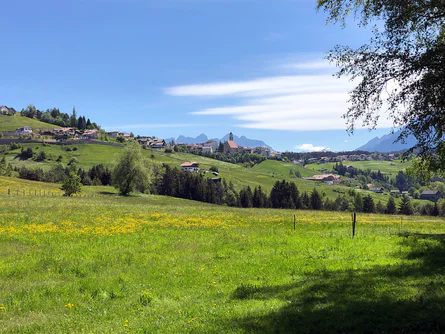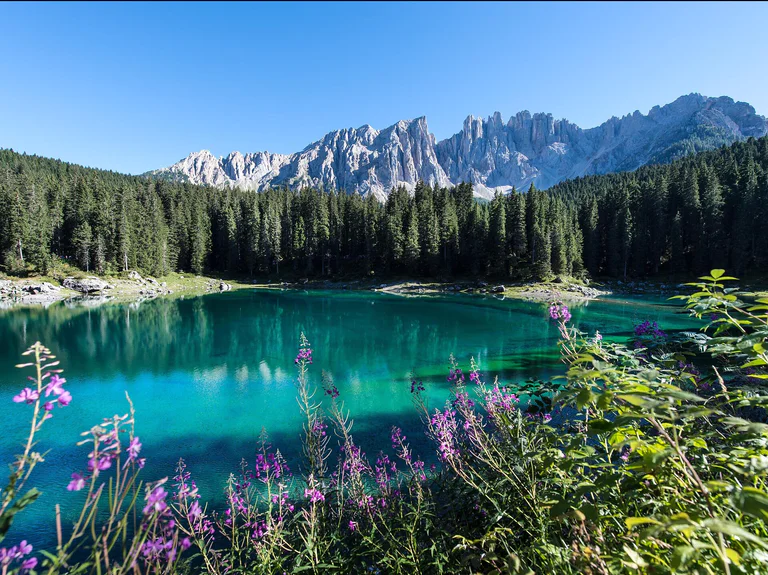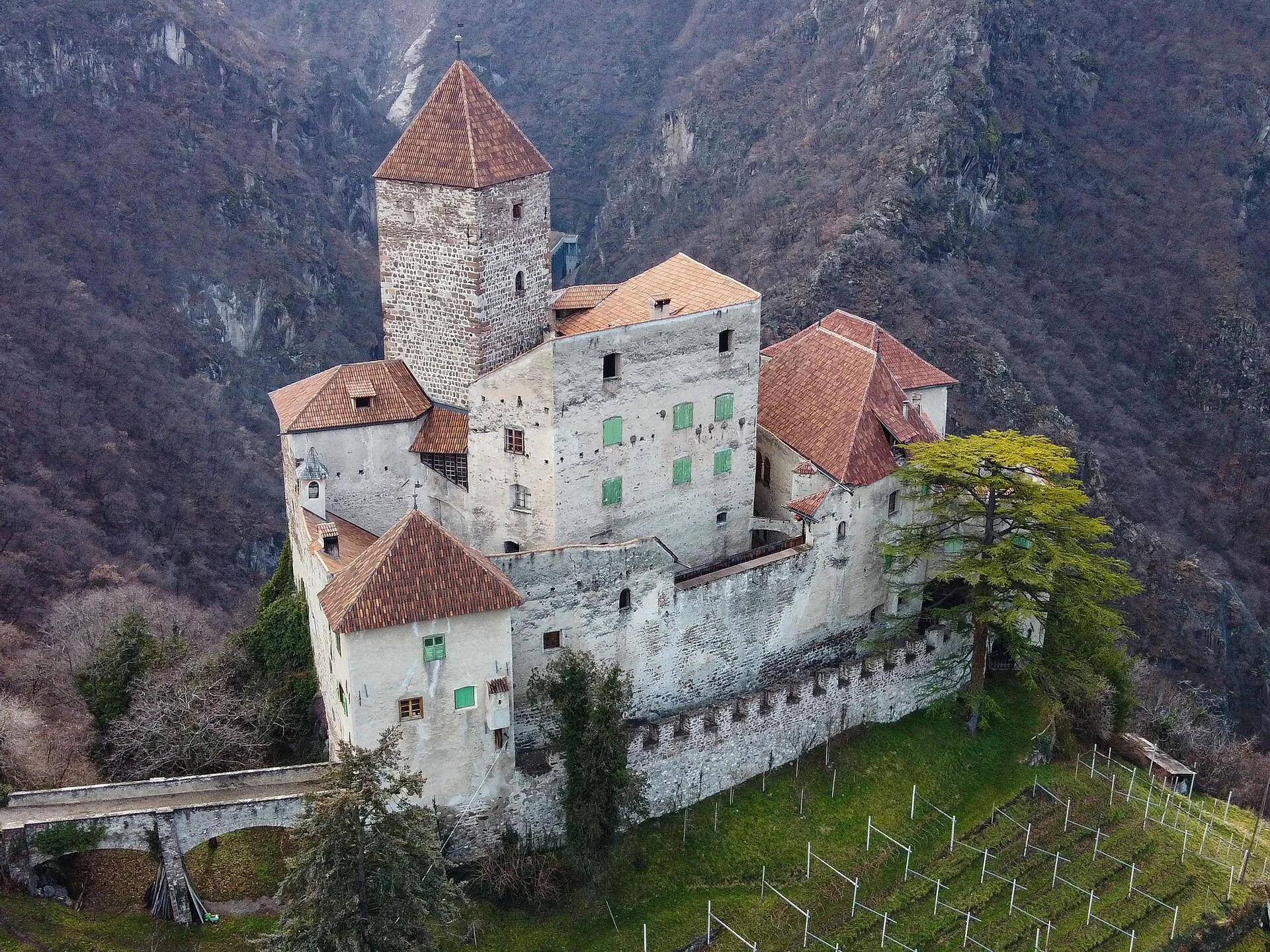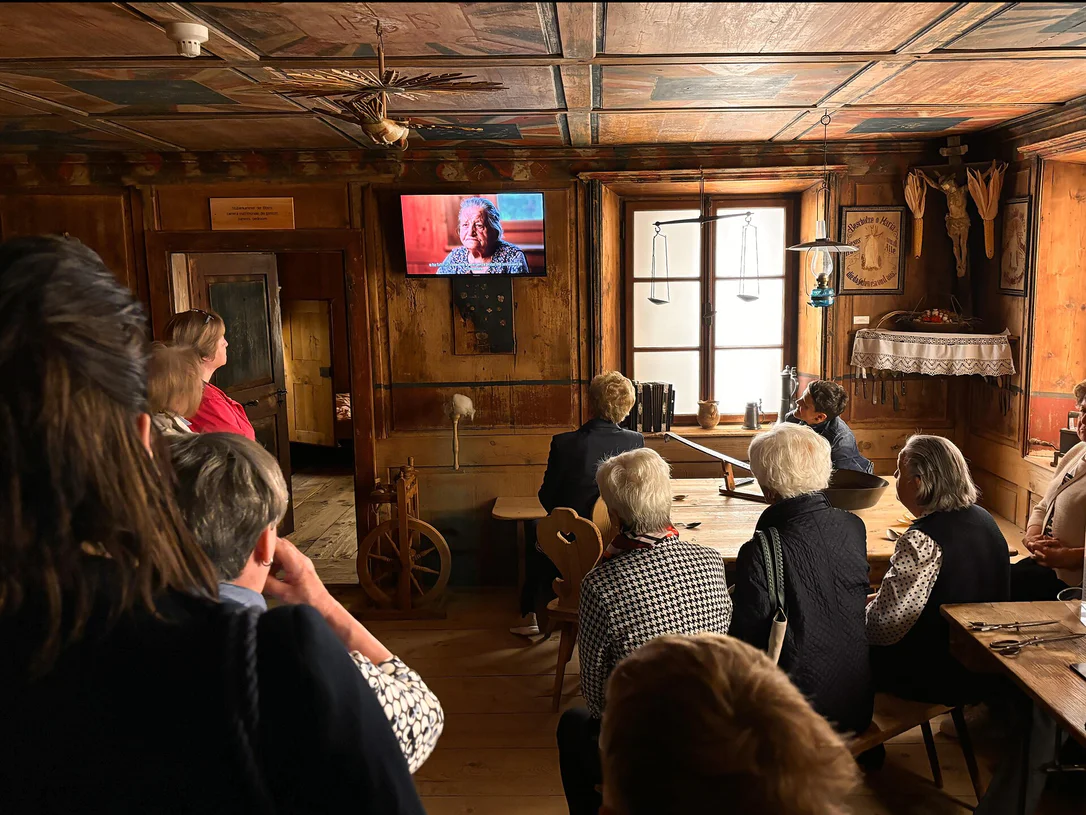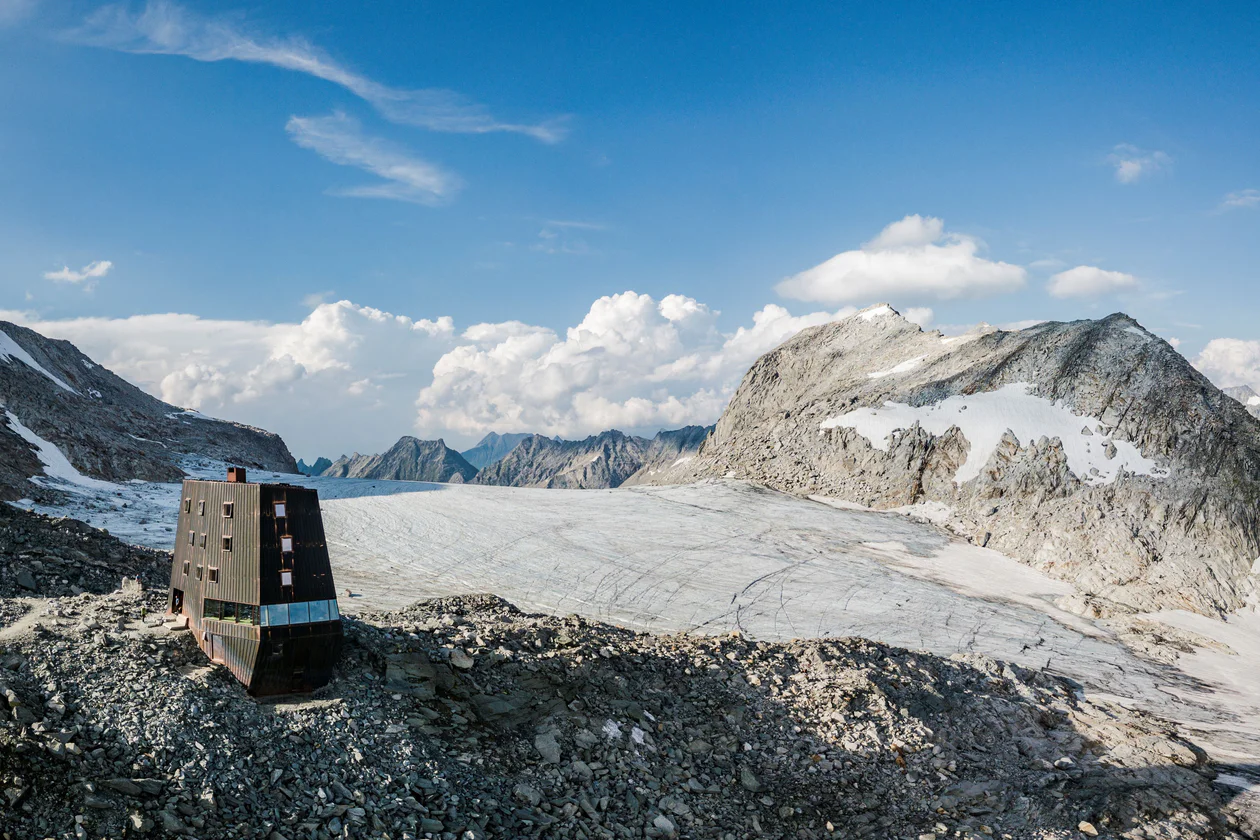The last stage begins in Deutschnofen | Nova Ponente and leads along a picturesque path to the Wölfl farm. From there, the route continues downhill through idyllic landscapes to restaurant Sonne in Eggental | Val d' Ega. Via the Alpine Pearls trail, you walk past St. Veit and Karneid | Cornedo, always downhill through the beautiful valley back to Kardaun | Cardano.
